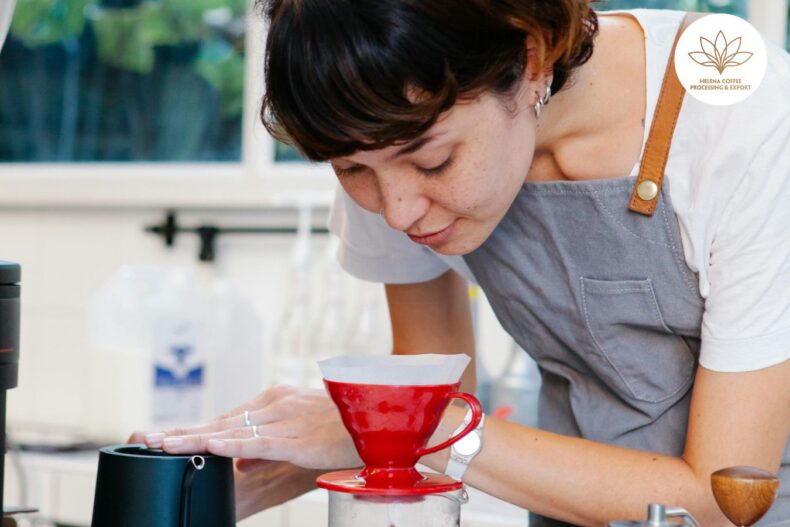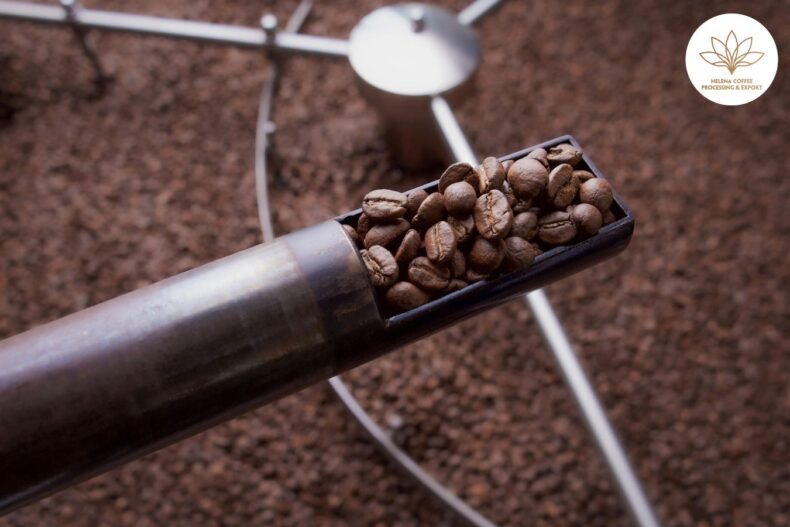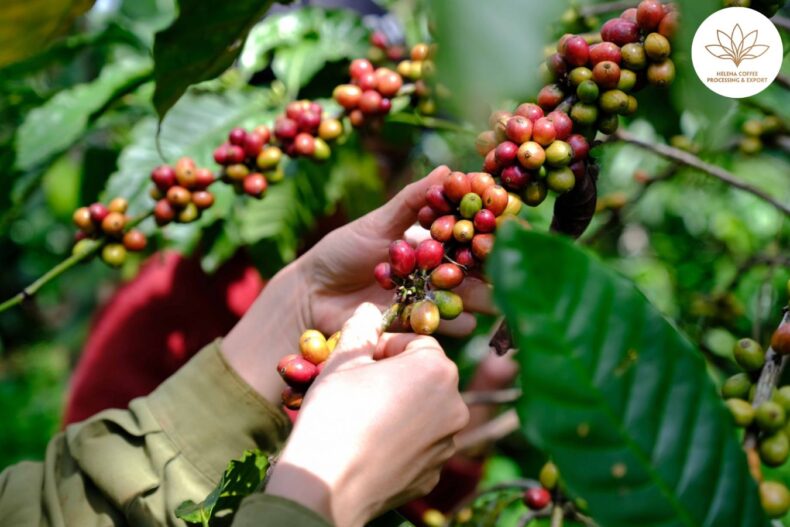If done carefully, this process can enhance the sweetness and richness of a
cup of coffee. The drying technique is very important in the
honey process, as mold and melasma defects can easily develop if the coffee is not properly handled, dried, and ventilated.
Even on a small farm,
honey processing requires a lot of space, labor is devoted to natural drying, and
processing honey is more expensive for the producer. However, these additional costs are well paid off as
honey coffee produces a clean cup of coffee with a sweet and rich aroma, creating a higher value.
The honey coffee trend started when small roasters in Japan and the
United States interested in top-notch coffee quality developed relationships with small producers in Costa Rica and Panama that handled the method. “honey” solution for high-end customers.
At Siva Drak, we have arranged a dedicated team for processing
Arabica coffee according to the honey method. The product is highly appreciated and loved by many connoisseurs. If you are a lover of the natural taste of coffee, try using this product to make it with a
Drip Pour Over or Siphon pot, you will notice a real difference.
Learn more about other popular green coffee processing methods: processing
1.
Wet (or “washed”) coffee processing – Coffee is brought to the factory immediately after being harvested, where the cherries are peeled, and soaked in water to ferment for
about 30 – 36 hours. , then rinsed and dried (usually on a cement pitch)
2.
Dry processing (or “natural”) – Whole intact coffee cherries are dried directly on patios, mulches or roofs. When dry, the hard rind of the coffee cherries is milled, leaving a hard green bean ready for roasting.
Natural processed coffee
Fruit Removal: After drying
Fermentation: Occurs inside the fruit mucilage surrounding the seed and under the pulp, and will take place as long as there is fuel available to the microorganisms (e.g. sugar, moisture, acids, etc); the seeds typically become inhospitable to microorganisms when they reach 11% moisture.
Dry time: Up to 30 days on average, weather permitting
Profile: Noticeably fruity or “pulpy” flavors, often described as “boozy” or “winey”; can also have strong nutty and/or chocolate characteristics, and typically has a heavier or syrupy body
Keywords: natural process, honey process coffee, coffee processing methods, natural processed coffee, pulped natural process, processing equipment vegetable, machines food processing, cookers cooking equipment, price excludes vat, equipment food processing, green coffee processing, processing coffee, green coffee, process coffee, coffee cherries, coffee roaster, coffee roasters





